Honoring Pathologists' Assistants: Celebrating Their Vital Role in Healthcare
By Anastazia Hartman | April 14Today and every day, we recognize the dedication and expertise of our amazing Pathologists' Assistants (PAs)—the highly skilled professionals who work behind the scenes in our labs, playing an essential role in patient care and medical diagnosis. While their work may not always be visible, their contributions are critical to the healthcare system, helping to ensure accurate diagnoses and more.
"On Pathologists’ Assistants Appreciation Day and every day, we celebrate the vital role PAs play in pathology and patient care," said Dr. Stephanie Skala, Director of Surgical Pathology. "Our PAs are knowledgeable about the appropriate sampling of gross specimens, and without them, pathologists would not be able to properly issue diagnoses, stage cancers, or provide other information to guide clinical care. The PAs contribute to patient care every day and help train our residents to provide optimal care throughout their careers. PAs also triage surgical specimens (such as breasts, which must be described, cut, and placed in formalin as quickly as possible) and assist in the intraoperative frozen section process, allowing patients to avoid additional surgical procedures."
What is a Pathologists’ Assistant?
Pathologists' Assistants are board-certified healthcare professionals who are academically and practically trained to provide anatomic pathology services under the supervision of a pathologist. Their primary responsibilities include the examination and dissection of tissue specimens, but play a critical role in the delivery of healthcare services that aren’t limited to:
Gross Examination & Dissection – PAs examine, dissect, and document surgical specimens and biopsies, preparing them for further microscopic analysis.
Autopsy Services – PAs perform autopsies, helping determine causes of death and contributing to forensic and medical research.
Quality Control & Laboratory Management – PAs ensure organization and proper management of anatomic pathology services by contributing to procedures and participating in lab operations.
Medical Education & Research – PAs supervise and teach learners and advance medical research through their work
The Impact of Pathologists' Assistants on Healthcare
Pathologists' Assistants play a crucial role in the diagnosis of diseases, including cancer, infections, and genetic disorders. Their work directly supports pathologists, allowing for quicker and more accurate diagnoses, which ultimately improves patient outcomes. Without their expertise, pathology labs and medical facilities would struggle to keep up with the increasing demand for tissue analysis and diagnostic precision.
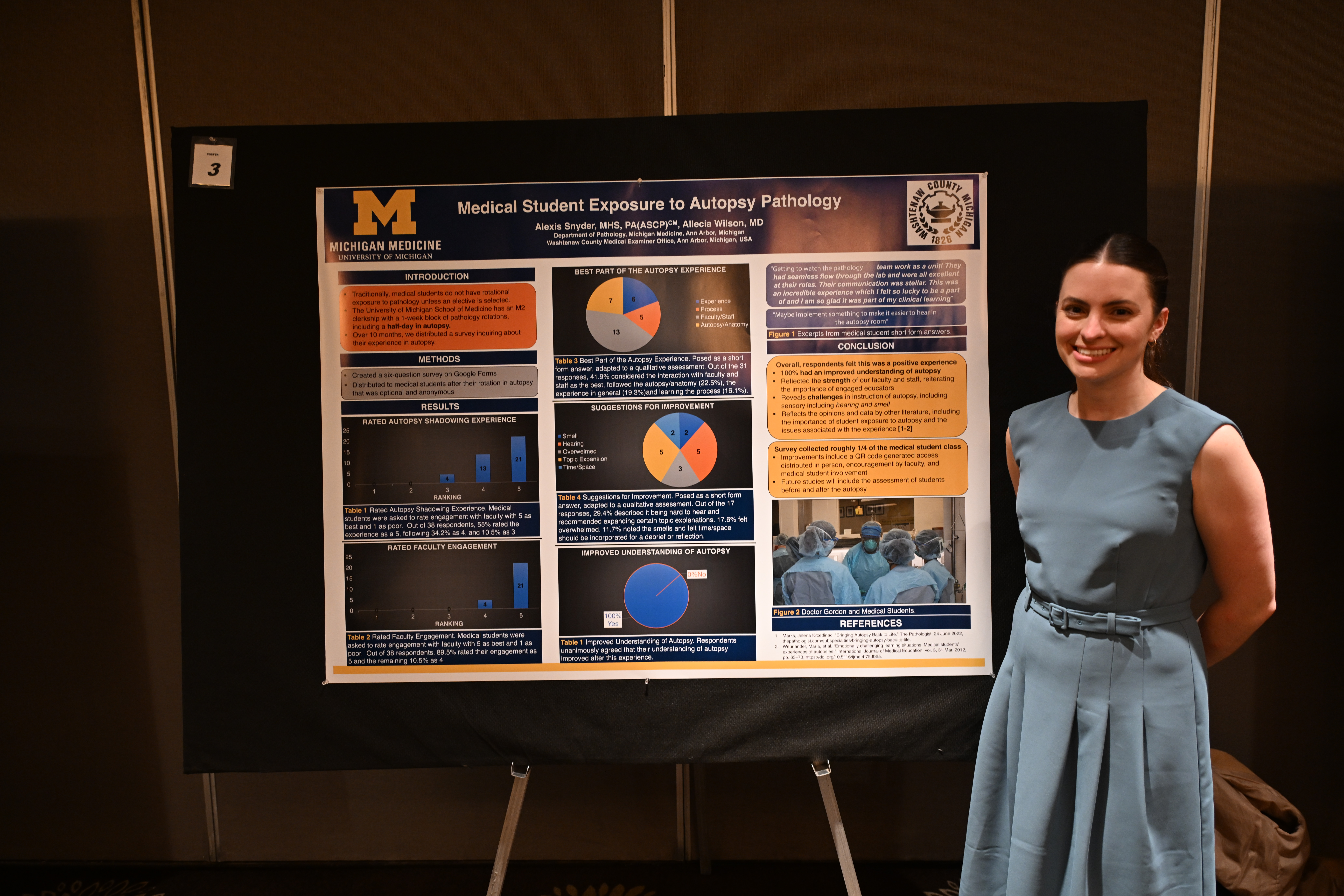
I particularly love being a PA due to the complex nature of our work, including the medical knowledge we acquire in graduate school, as well as the disciplined dexterity we must have for gross dissection. It brings me joy that we can help provide answers to patients in an anxious time in their lives – waiting for a diagnosis. With a pathology diagnosis, patients can receive the tailored and targeted care they need to get better. Now, as my career has transitioned to autopsy pathology, I love the opportunity to advocate for a decedent and provide answers and clarity to their death. I also love being a PA at Michigan Medicine because of the interactions with our trainees – the true future of pathology. Watching their growth and understanding as they progress through residency is rewarding and inspiring."
To all our hardworking Pathologists' Assistants—thank you for your dedication, precision, and commitment to excellence in pathology. Your efforts make a profound difference in the lives of patients and the advancement of medicine. Happy Pathologists' Assistant Day!
Meet our U-M PAs
Candi Bennett
Matt Gabbeart
Jason Haas
Kathy Mucha
Donna Renner-Chuey
Grace Rojas
Marc Stafford
Alyssa Swanson
Alexis Snyder
Natalie Toth
Tiffany Vail
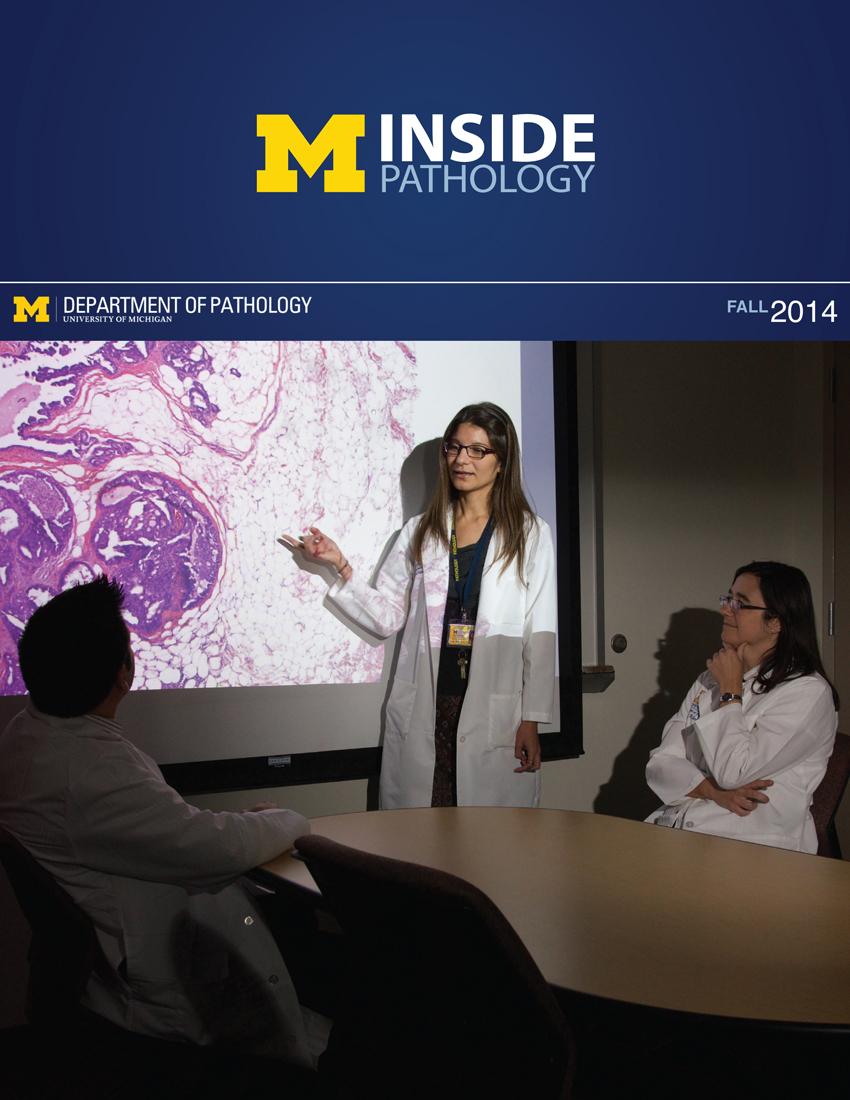 ON THE COVER
ON THE COVER
 ON THE COVER
ON THE COVER
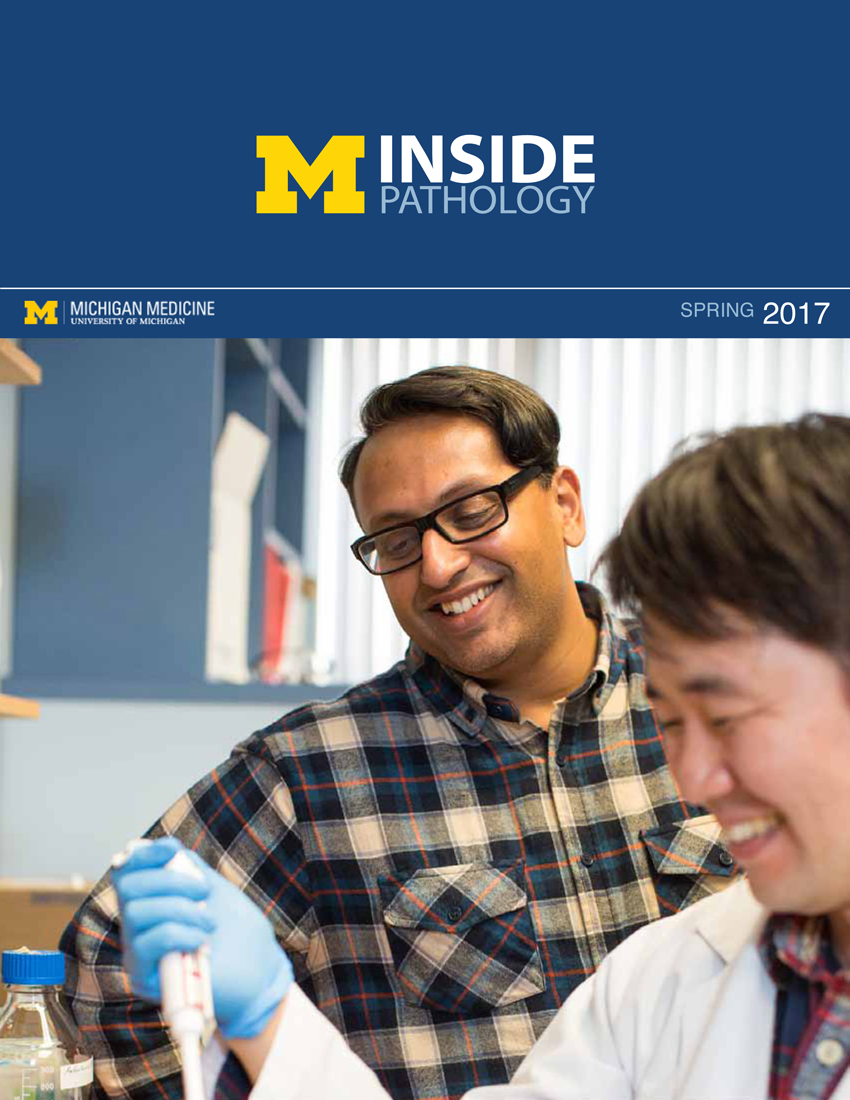 ON THE COVER
ON THE COVER
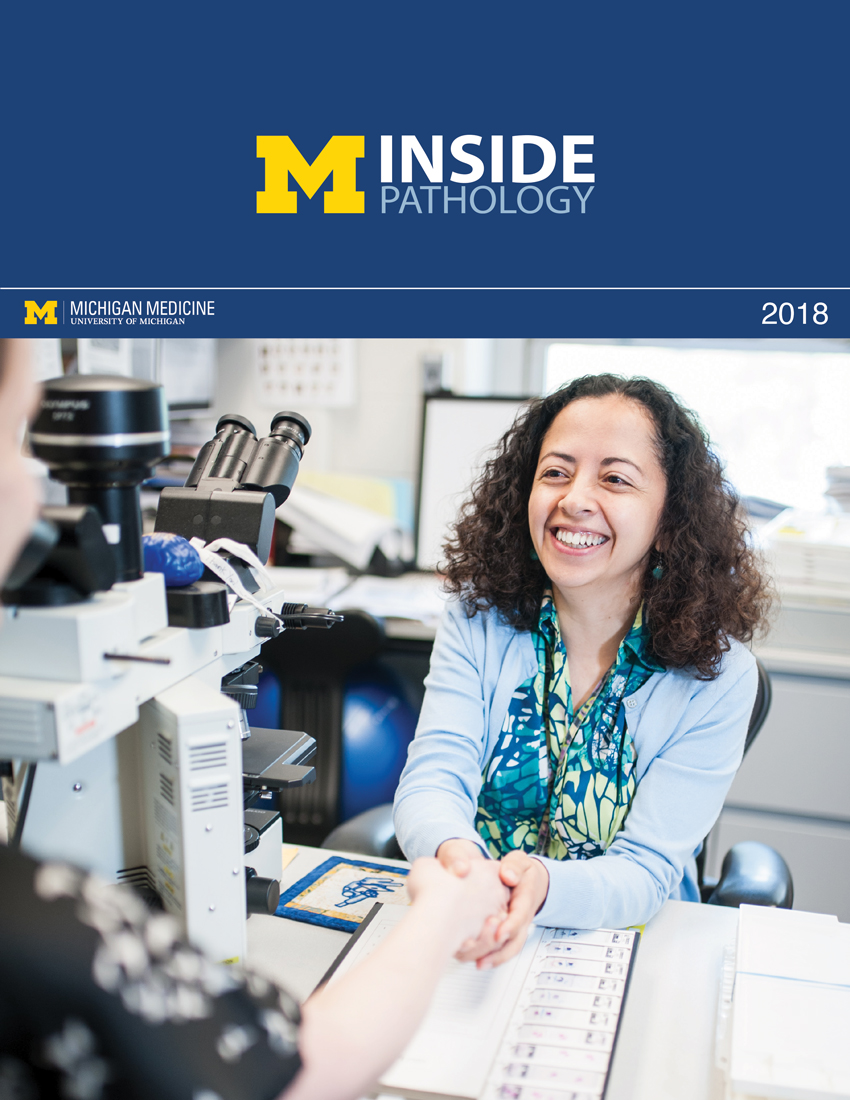 ON THE COVER
ON THE COVER
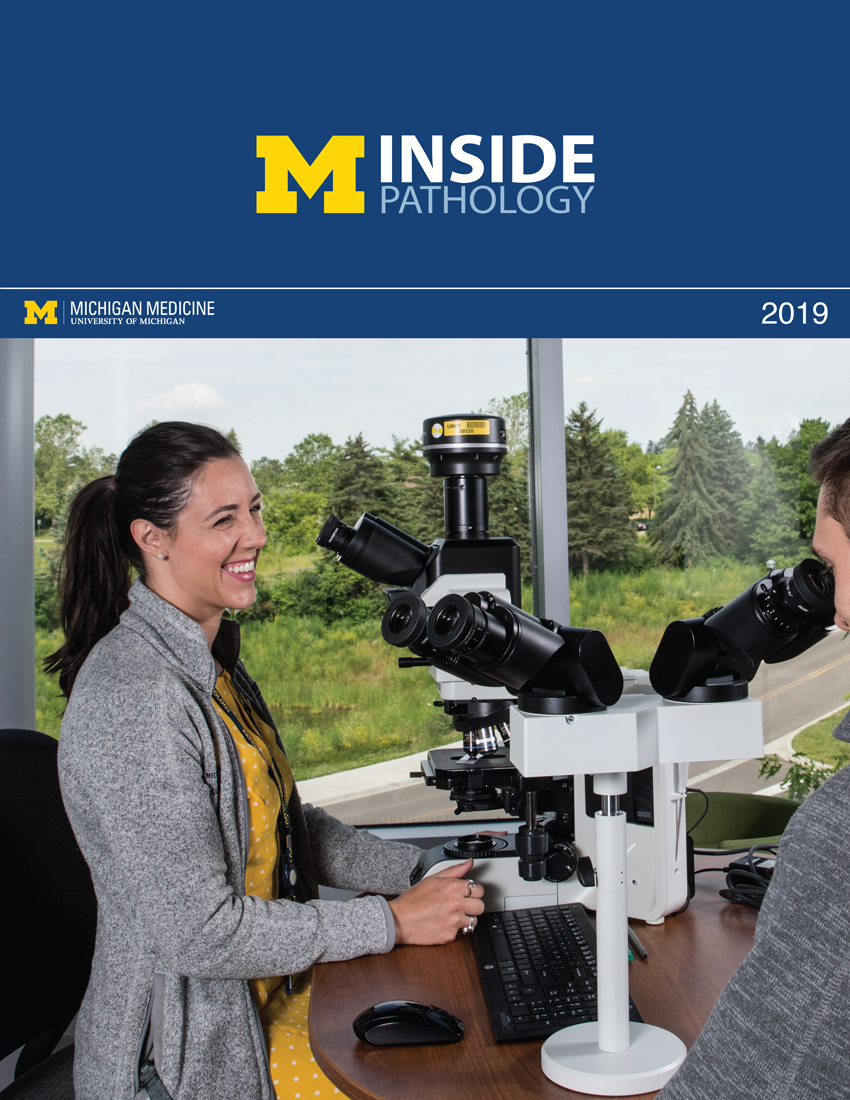 ON THE COVER
ON THE COVER
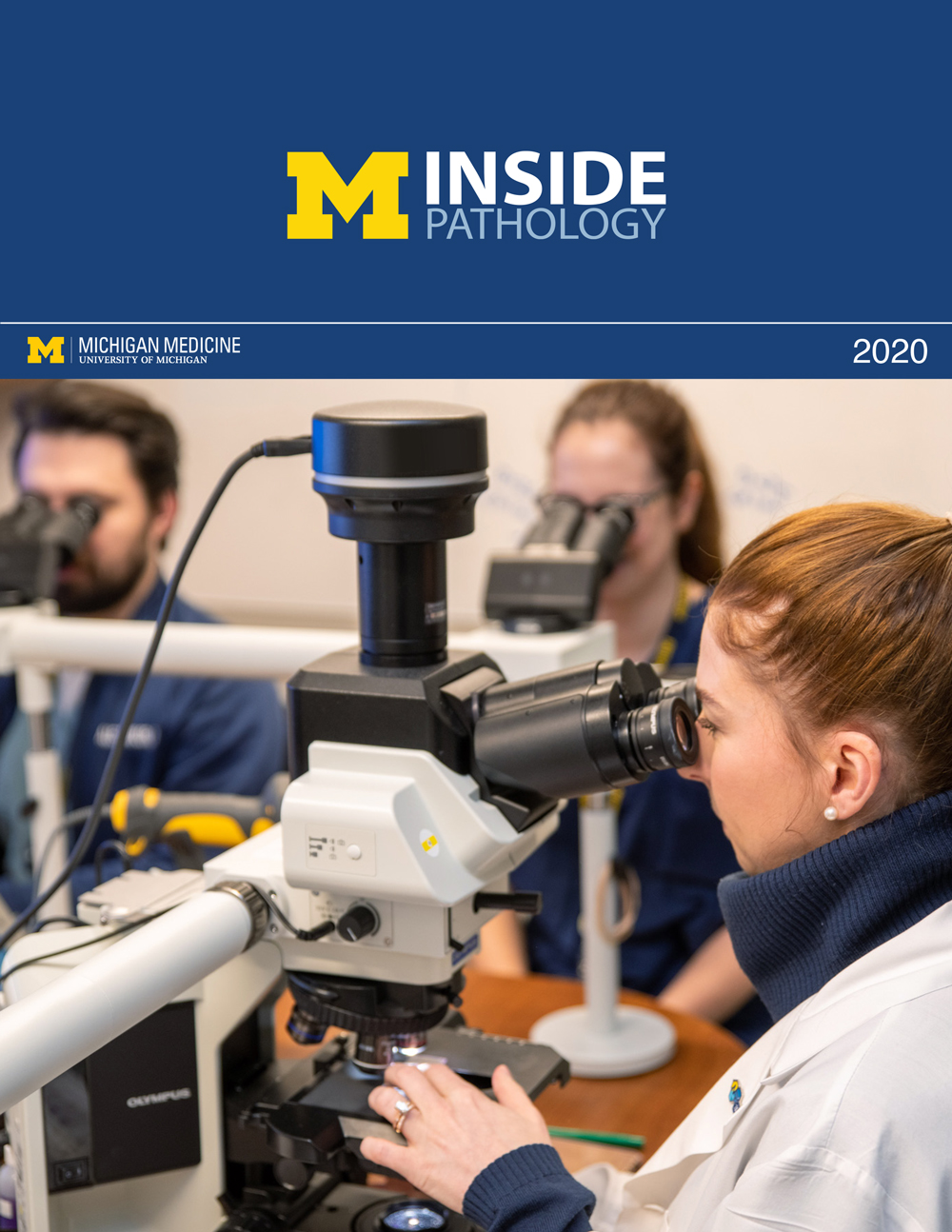 ON THE COVER
ON THE COVER
 ON THE COVER
ON THE COVER
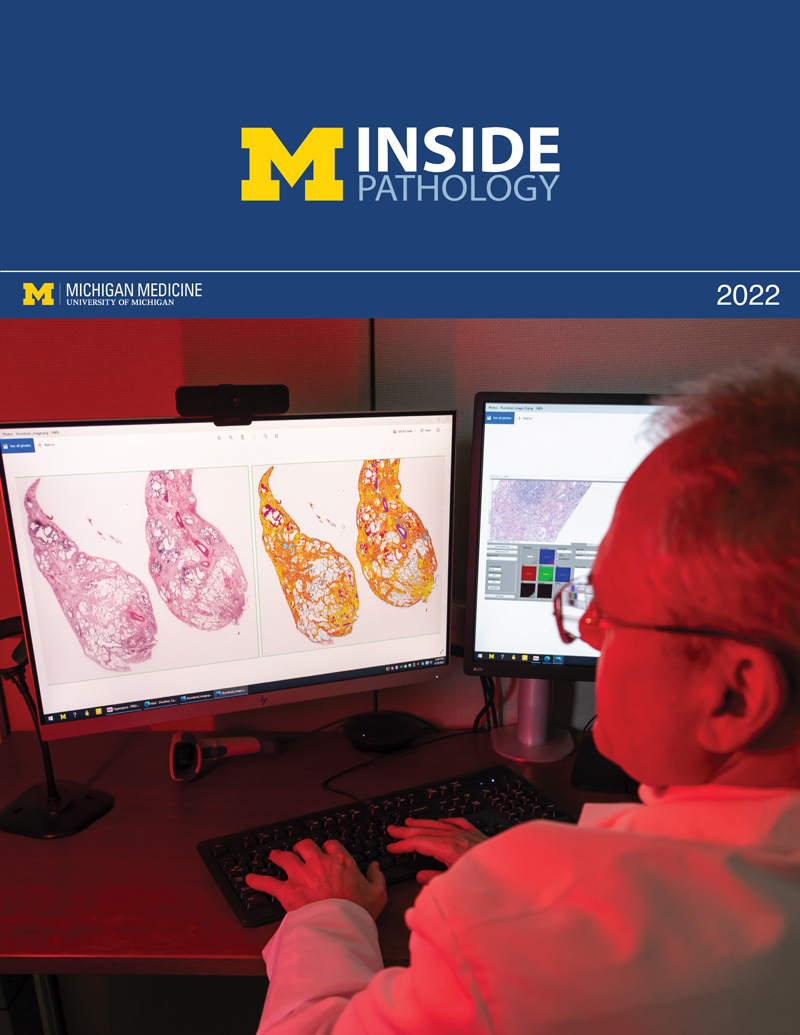 ON THE COVER
ON THE COVER
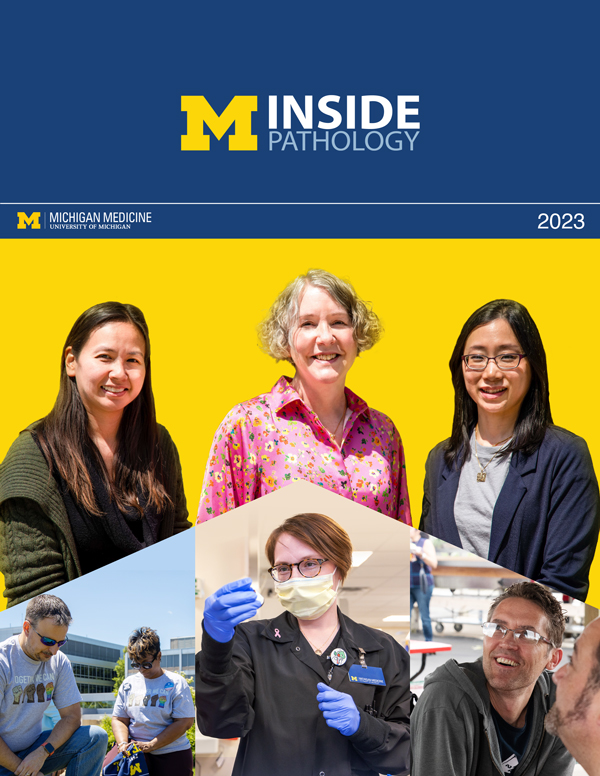 ON THE COVER
ON THE COVER
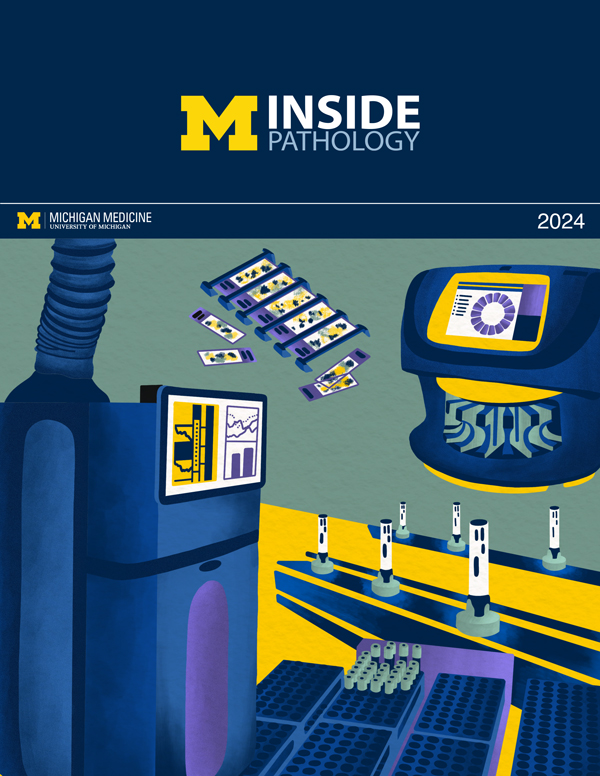 ON THE COVER
ON THE COVER
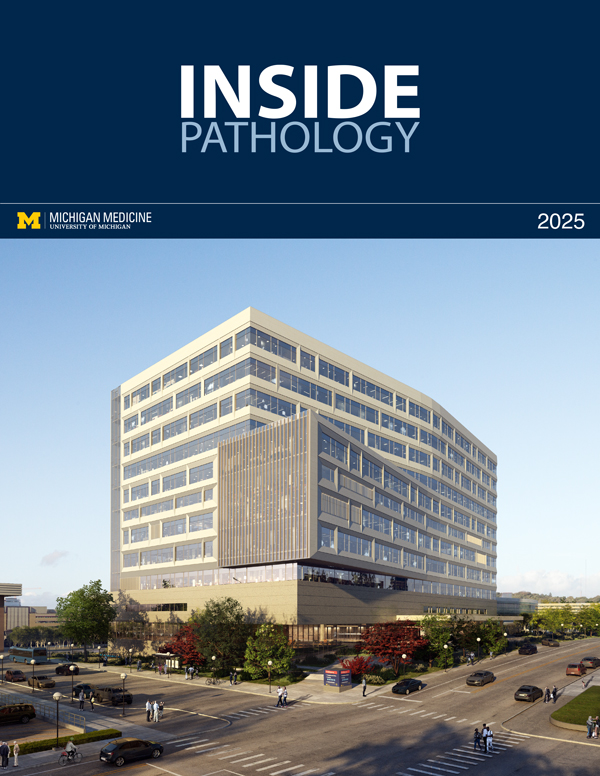 ON THE COVER
ON THE COVER
